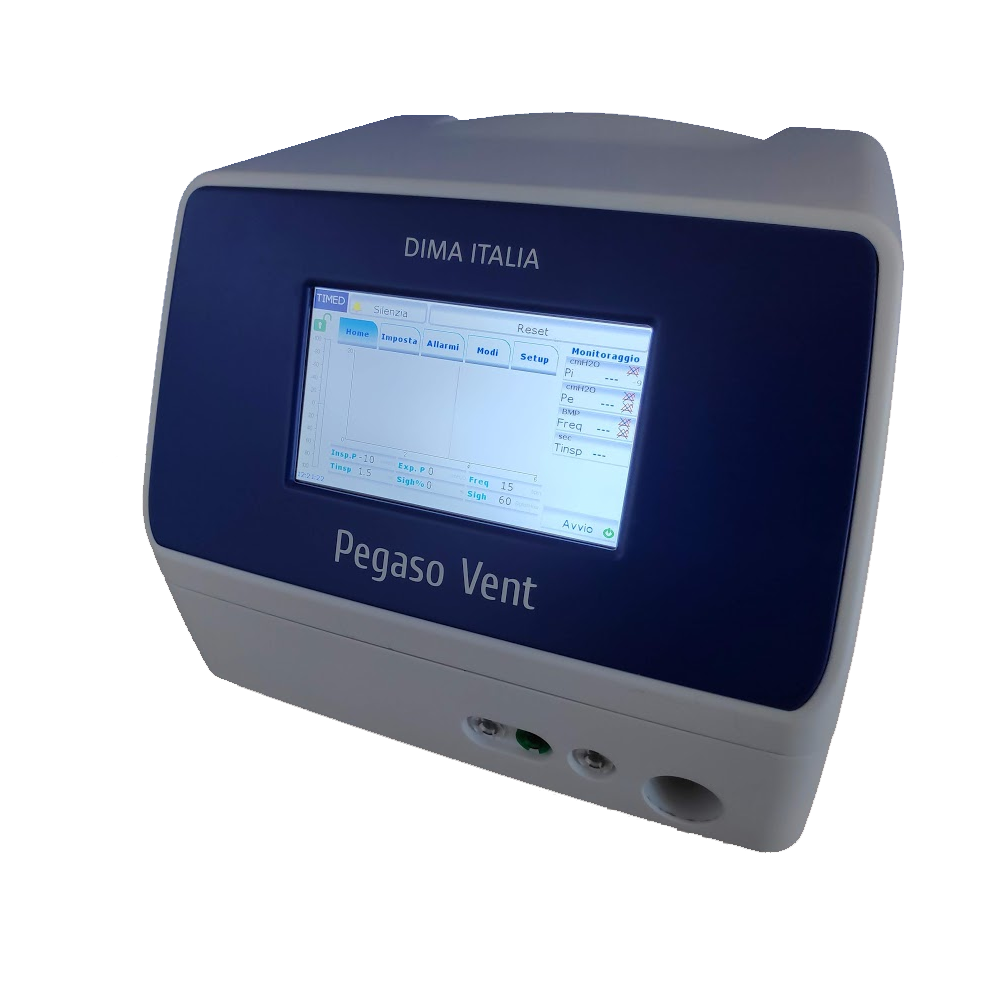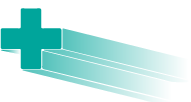Full Description
Negative Pressure Ventilation is still present an effective method of non-invasive ventilation and represents a valid alternative to different and more traditional methods of ventilation. This technique is able to guarantee breathing that is completely analogous to the natural one, ie consisting in one phase inspiratory followed by the phase expiratory. Both phases are applied by means of a negative pressure ventilator and some accessories connected to it, such as a cuirass or poncho. The ventilator first applies negative pressure by forcing the movement of the diaphragm downwards while the rib muscles stretch to enlarge the chest: this process generates lung expansion by generating lower intrathoracic pressure than the external one; “Negative pressure” means that the pressure drops below normal atmospheric level, causing air to be sucked into the respiratory tract and up to the lungs. Subsequently, the ventilator exerts a positive pressure by forcing the air inside the chamber, so as to compress the chest and empty the lungs. The exhalation can also take place at atmospheric pressure, an option that often proves sufficient to allow an effective exhalation. This technique can often replace invasive ventilation or traditional non-invasive ventilation (mask ventilation)thus increasing patient comfort and significantly reducing the risk of the many side effects related to other forms of ventilation.





Reviews
There are no reviews yet.